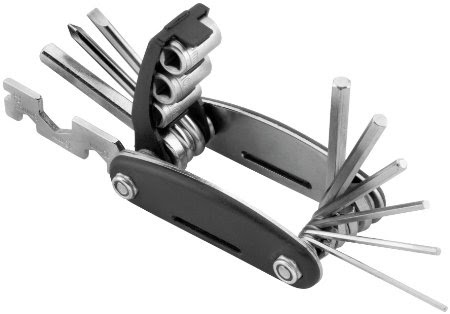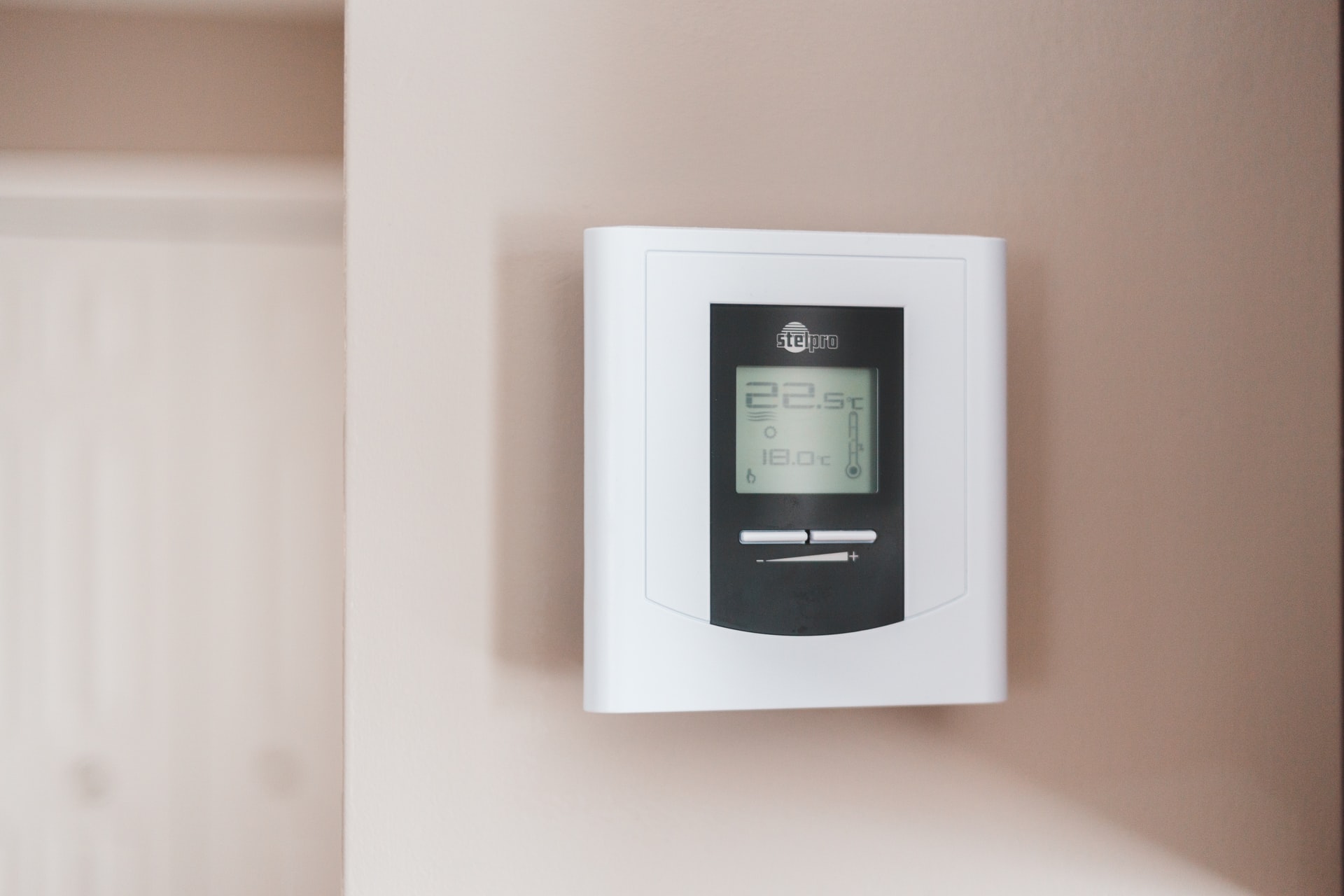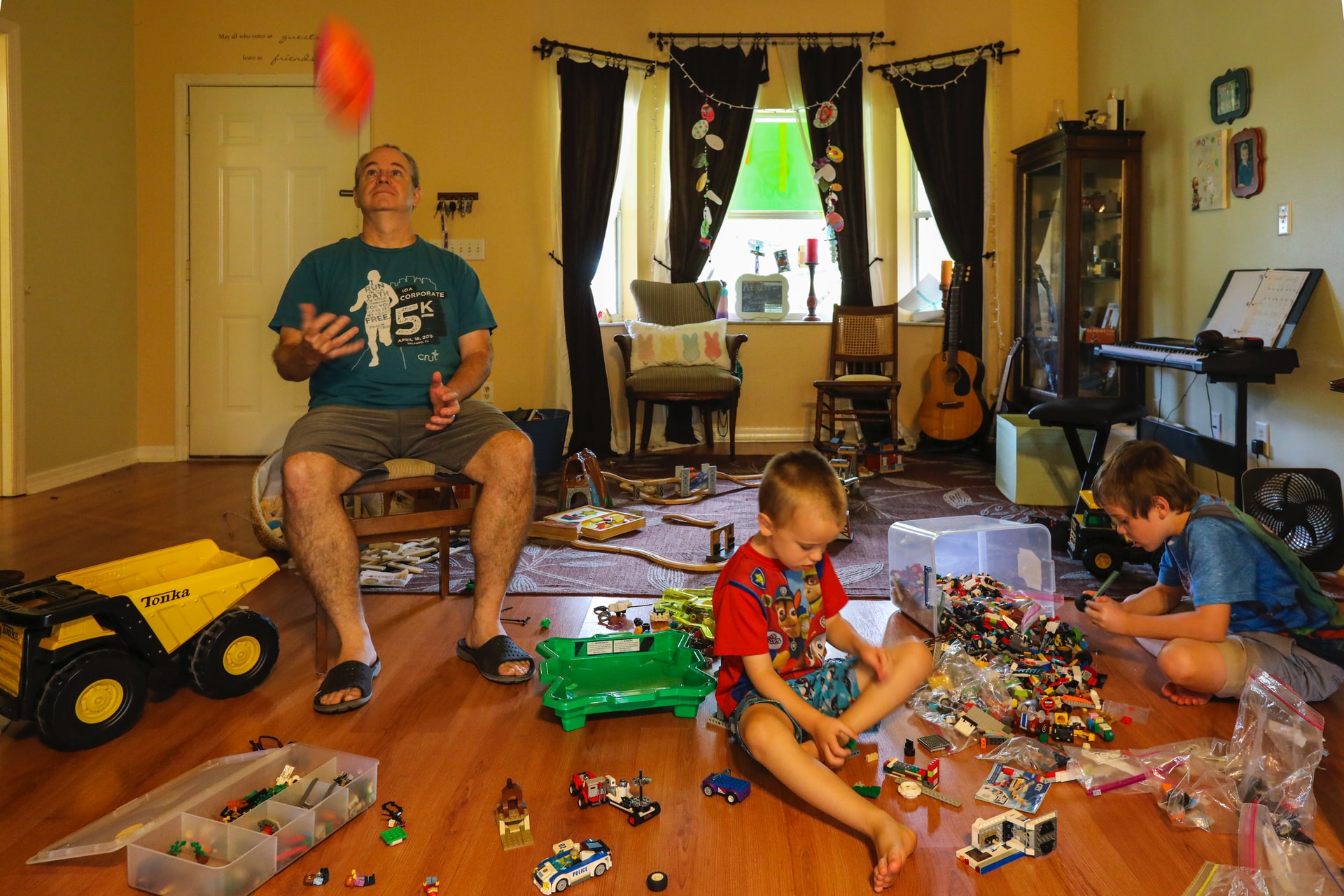8 Surprising Ways to Lower Your Heating Bill
Who wants to spend all their money on utility bills when there are so many better alternatives? Heating your home can be expensive, but there are ways to reduce costs. If you’re looking for ways to lower your heating bill without a major renovation, you’re in luck. All it takes is a bit of ingenuity and forethought.
Here are eight surprising tips you’ll want to try today.
1. Keep Doors Closed
How many rooms do you have in your home? When you think about your daily habits, you’ll likely discover you spend most of your time in a few areas. Therefore, it’s pointless to have your system heat your whole house. Instead, keep doors closed so your system warms the places most used. For example, you may want to keep your living room toasty, but you probably don’t need to heat your laundry space.
Keep in mind that your needs will likely fluctuate throughout the day. While you may spend a third of your day in the bedroom, you only need this area to be warm when it’s time to go to sleep. Similarly, if you work at home, you’ll want your office to be comfortable during the day, but it can be chilly at night. Therefore, you should open doors when you want the rooms to begin heating up and close them once you’ve finished for the day.
2. Program the Thermostat
Programmable thermostats have grown in popularity, and for good reason. You can use this technology to set the temperature to change automatically throughout the day. That means you can keep the house cooler during the day but have the heat kick on shortly before you arrive home from work.
The Department of Energy estimates that homeowners can save up to 10% on heating and cooling costs annually if they turn back their thermostat 7° F-10° F for eight hours a day. This simple fix can put hundreds of dollars back in your pocket over time. Best of all, once you program the changes, you’ll be saving money each day without thinking about it.
If you want more niche features, you could invest in a smart thermostat that connects with your phone and has a broader range of functions. Besides allowing you to adjust the temperature remotely, many innovative models learn your patterns and adapt settings based on a room’s occupancy. However, before you invest in a smart thermostat, you should have a specialist review your heating, ventilation and air conditioning (HVAC) system to ensure compatibility.

3. Insulate Your Garage
Infrequently used areas of the home — like garages and attics — often lack proper insulation, allowing heat to escape. Similarly, attached garages often let cool air trickle into the house. If homeowners would prefer to keep insulation to a minimum, they should focus their efforts on insulating their garage door and the wall shared with the house.
An insulated garage door can keep the interior warm in the winter and cool in the summer, with fewer fluctuations based on outdoor temperatures. One homeowner discovered that the garage was 48 F warmer than the outside with an insulated door but 26 F warmer with a standard one. That’s a 22 F difference, which is incredible when you think about the money you’re saving without such cold temperatures seeping into the house.
It’s also worthwhile to insulate the wall that flanks the house and garage since most air leaks exist between these spaces. This will improve energy efficiency, act as a sound barrier and reduce carbon monoxide poisoning risks.
4. Use Alternative Heating Sources
On a typical day, you’re likely to shower and prepare a meal. Use these activities to your advantage. An oven will produce much more heat while cooking than a microwave or toaster oven. While it’s never safe to use an oven as a sole heat source, you can enjoy the benefits of using it for cooking on cold evenings. As it cooks the food, it will simultaneously warm your kitchen.
The same concept applies to showering — while washing up, the steam heats the bathroom. Instead of keeping the warmth bottled up, you can open the door and let the air disperse to other parts of the room. While these may only have a minor impact, every little bit helps.
You can also choose to supplement your traditional heat sources with other methods like small space heaters or fireplaces. Remember to follow safety guidelines to reduce risks. If you light a fire, it will need to have proper ventilation. Additionally, you should keep pets and small children away to prevent burns.

5. Show Your Windows Extra Attention
Windows are often sources of heat loss. Any gaps or cracks in the frame will cause temperature fluctuations that can make a room feel chilly. To resolve this issue, you should seal these spots using caulk and weatherstripping.
Additionally, single-pane windows do not provide significant insulation. It’s even worse if the glass is damaged. Taping up cracks and covering the entire window with plastic can help provide a barrier. Heavy curtains can also act as insulation to keep the cold temperatures from seeping through.

6. Swap Out Your Lightbulbs
Believe it or not, some lightbulbs produce more heat than others. Therefore, it makes sense to use lights that disperse warmth during the winter. In general, incandescent bulbs produce more heat than compact fluorescent lamp bulbs (CFLs). While swapping out these bulbs won’t make a significant difference, every little bit helps, especially if you intend to use the lights anyway.
For a more substantial warmth, you’d want to invest in a heat lamp. Many consumers use one to provide warmth to pets like lizards and baby chicks, but it can act as a heat source in other areas of the house.
Keep in mind that a heat lamp can burn you if you sit too close, and it will just provide heat in the immediate vicinity. If you choose to use one in your home, you should only have it on when you are in the same room to minimize fire hazards.
7. Keep Your Vents Clear
If you have central heating, you’ll want to make sure all your vents are clear so the system can run efficiently. You may need to clean inside or remove fallen debris to make sure the air is coming through effectively. While you’re cleaning, make sure the vents are open fully since partially closed vents will cause your system to work overtime.
If you have radiators, you’ll want to ensure nothing is blocking the surrounding area. For the heat to disperse effectively, the radiators should be surrounded by open space rather than clutter.
8. Bundle Up
Surprisingly, sometimes the simplest solution is also the most effective. If you bundle up and wear layers, you can keep temperatures cooler indoors and run the heater less frequently. Some people choose to take this to extremes by wearing outdoor gear inside throughout the wintertime. While drastic, this method can save a lot of money and can still be comfortable for homeowners when done efficiently.
You should only lower the thermostat as much as you feel comfortable with, and it should always be high enough to prevent your pipes from freezing.

Major Renovations Are Always an Option
Homeowners can use these eight surprising methods to lower their heating bills. However, it’s important to note that major renovations are also an option. For true energy efficiency, you may need to change your HVAC system or reinsulate your house. If you’re looking for a significant change rather than small fixes, you should consult a professional for an estimate.







Leave a Reply